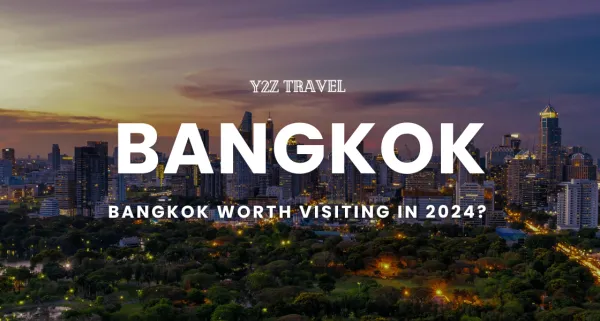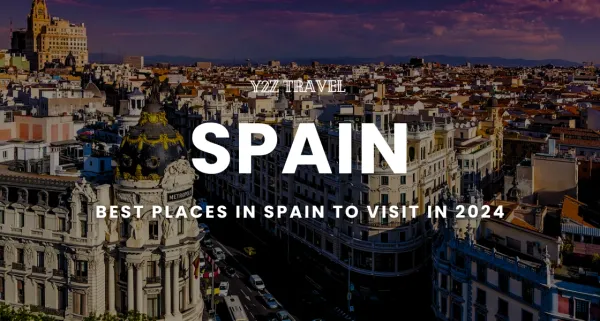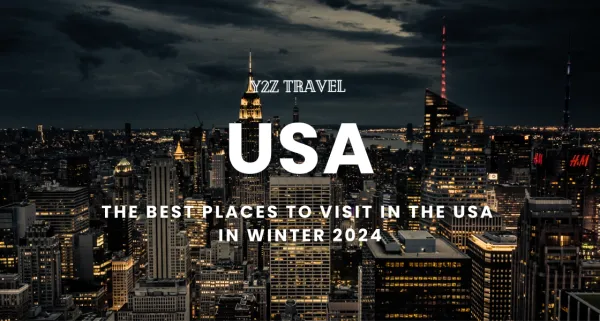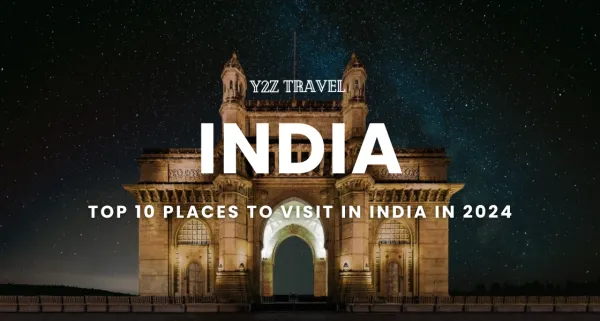Where Should I Go for the First Time in India?
Planning your first trip to India can be overwhelming. Discover the top destinations for first-time visitors with our comprehensive travel guide.

Introduction
Embarking on your first journey to India is like stepping into a kaleidoscope of colors, cultures, and experiences. This vast country offers a multitude of destinations each with its own unique allure. But where should you go if you’re visiting for the first time? With the help of our personalized travel planner, we’ll take you through the must-visit places that encapsulate the beauty, diversity, and spirit of India.
The Golden Triangle: Delhi, Agra, and Jaipur
One of the most popular routes for beginners is the Golden Triangle. Delhi, the capital, is a bustling metropolis that seamlessly blends historic grandeur with modern life. Visit iconic sites like the Red Fort and the Lotus Temple, and enjoy the sumptuous street food.
Next is Agra, home to the immortal Taj Mahal, a monument of love that must be seen to be believed. While here, don’t miss the Agra Fort and local markets for some exquisite craftsmanship.
Jaipur, the Pink City, is famed for its royal palaces and forts, such as the Amber Fort and Hawa Mahal. The city’s vibrant markets are perfect for picking up traditional Rajasthani textiles and jewelry.
The Spiritual Hub: Varanasi
Varanasi, one of the world’s oldest living cities, sits on the banks of the Ganges River and is the spiritual heart of India. Witness the mesmerizing Ganga Aarti ceremony, and take a boat ride at dawn to see the ghats come alive with pilgrims performing rituals.
The Beach Retreat: Goa
For a more relaxed pace, head to the sun-soaked beaches of Goa. This tropical paradise offers a blend of Indian and Portuguese cultures, evident in its architecture, cuisine, and laid-back lifestyle. Enjoy water sports, the vibrant nightlife, or simply sunbathe on the golden sands.
The Southern Splendor: Kerala
Kerala, known as “God’s Own Country,” is a tranquil haven of backwaters, hill stations, and tea gardens. Cruise the backwaters on a houseboat, savor the delicious coconut-based cuisine, and watch a traditional Kathakali dance performance.
Conclusion
India is a land of contrasts and wonders, and these destinations provide just a glimpse of what the country has to offer. Whether you’re seeking history, spirituality, or relaxation, your travel plan to India is sure to be an unforgettable adventure. We invite you to share your thoughts and questions in the comments below – let’s continue the conversation!
FAQs
Q: What is the best time to visit India?
A: The best time to visit most of India is during the cooler, dry months from October to March. However, for southern India, the peak season is from December to February.
Q: Do I need a visa to travel to India?
A: Yes, most foreign nationals require a visa to enter India. You can apply for an e-Visa online before your trip.
Q: How can I use Y2Z Travel’s AI Travel Planner?
A: Simply visit our AI Travel Planner to create a personalized and collaborative travel plan with real-time input from friends and family.
Q: How safe is it to travel in India?
A: India is generally safe for travelers, but it’s important to exercise caution, stay aware of your surroundings, and follow local advice.
Q: Can I add my own trip experiences to Y2Z Travel’s website?
A: Yes, you can share your adventures by adding your trip on our Add Your Trip page, inspiring others with your stories.
Q: Where can I find more travel tips and information on India?
A: Our Travel Blog provides insights and tips from expert travelers to help you plan your perfect Indian getaway.
Q: Can I keep up with updated travel news?
A: Certainly! Follow us on Twitter for the latest travel news and updates.
Q: How can I ensure my travel plan includes all the top sights?
A: By using curated travel experiences from expert travelers on Y2Z Travel, you can make sure your itinerary covers the best attractions.
References





